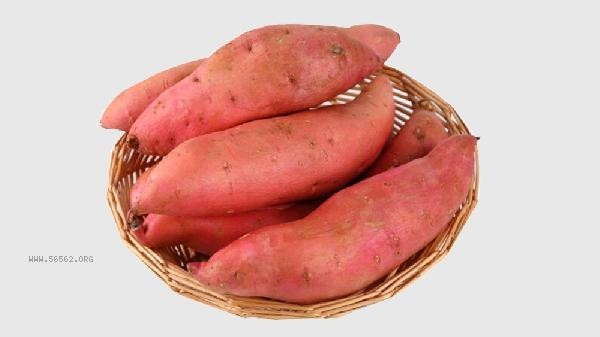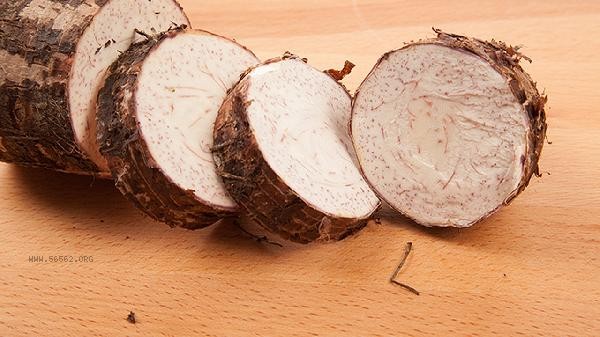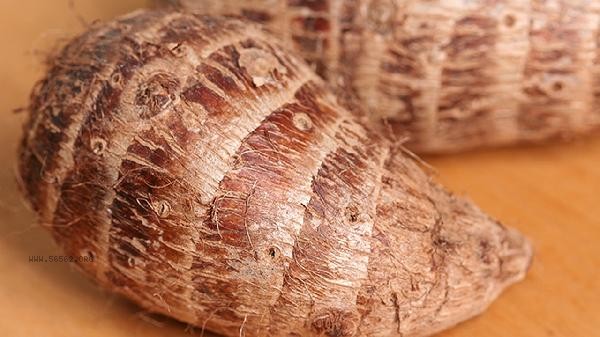The starch content of taro is usually higher than that of sweet potatoes, but the specific differences are influenced by variety, maturity, and planting conditions. The starch content directly affects the glycemic index and satiety of food, and the nutritional value needs to be comprehensively evaluated in combination with cooking methods. The starch content of taro is generally between 20% and 30%, and its starch particles are small and easy to gelatinize, making it suitable for making viscous foods. Taro contains a high proportion of resistant starch, which helps to slow down the rise of blood sugar, and is also rich in minerals such as potassium and magnesium. Traditional varieties such as Lipu taro have higher starch content, while varieties with higher water content such as Hongya taro have slightly lower starch ratios. During the steaming process, taro starch absorbs water and expands significantly, resulting in a denser texture. The starch content of sweet potatoes fluctuates between 15% and 25%, while orange varieties typically have a lower starch ratio than white meat varieties due to their high beta carotene content. The proportion of amylose in sweet potato starch is about 20%, which makes it have a lower sugar load. Purple sweet potatoes contain active ingredients such as anthocyanins, and their starch content is similar to that of ordinary sweet potatoes. Baking will convert some of the starch in sweet potatoes into maltose, increasing sweetness but reducing the proportion of starch.

When choosing, it can be determined based on health needs. Sweet potatoes are more suitable for people who control sugar, and taro is preferred for those who need to quickly replenish energy. It is recommended to consume alternately to obtain different nutrients, and steaming can maximize the preservation of starch properties. People with weak gastrointestinal function should pay attention to the calcium oxalate content in taro and heat it thoroughly before consumption.










Comments (0)
Leave a Comment
No comments yet
Be the first to share your thoughts!